The good: Lively dialogue and insightful characterization, beautiful hand-drawn backdrops
The bad: Simplistic busywork challenges, genre twists you see coming miles off
Bottom line: A smarter-than-it-seems exploration of teenage uncertainty once you look past the plot
Five chatty teens ferry over to a quaint but spooky island for a day of tomfoolery. Some freaky stuff happens, shenanigans ensue, then it’s up to you to figure out whodunit, exploring the island to unearth clues and unravel a bunch of not-so-mysterious mysteries. Sound like an episode of Scooby-Doo?
Strip out the gloomy existentialism that threatens to overrun your Scooby gang’s relentless buoyancy and it might have been. In fact, Oxenfree (as in “Olly Olly!”), a narrative-heavy experience you steer by selecting word balloons that orbit your character, is self-aware enough to poke fun at its dalliance with campy procedural. But mostly it’s a whimsical riff on teenage unease with rapid-fire banter delivered against moody folklorish backdrops inflected by an edgy electronica-lensed soundscape.
In screenshots, those areas almost look like levels in a side-scroller. But they’re more like themed districts (“the dock,” “the beach,” “the woods” and so forth) linked by zigzag paths, low cliffs and ragged walls you amble and sometimes jog along. You can jump and climb, though only when you’re next to something jumpable or climbable.
That’s the extent of Oxenfree‘s platforming, inviting you to instead explore the island’s haunted vistas at leisure, tapping the face buttons on the gamepad to pick responses before they fade. There’s nothing twitchy to worry about, no bosses or mini-bosses to do battle with, and moving the story along comes down to triggering unmissable hotspots that signal things you can interact with. It’s a learning-curve-free zone.
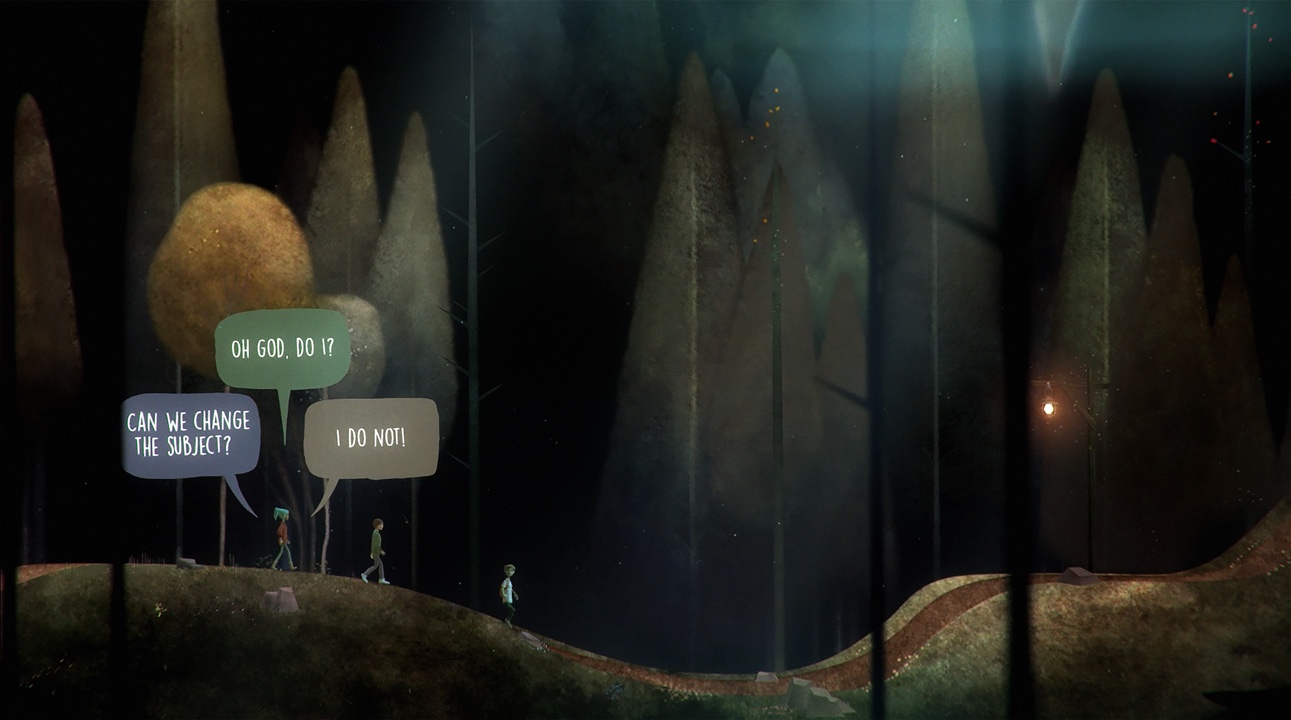
At first it reminded me of Buried, a digital homage to the Choose Your Own Adventure I reviewed a few weeks ago that serves up chunks of exposition, then asks you to pick an action. Go this way or that one. Tell a companion to stay or tag along. But Buried does little to clue you in to why one choice might trump another, sapping pivotal moments of tension. If you want to know how things might have gone otherwise, you have to trudge all the way back to that point in the story from the start.
10. Prune

As its name suggests, Prune is a game about removing things to nurture other things, where you swipe your finger to sever restrictive limbs and free others to grow. But it’s also about basking in a minimalist garden of forking paths as you work out the spatial logistics of coaxing a tree to blossom. It’s both an arboricultural exercise and a meditation–on light, darkness, color, sound and perhaps most of all, the things we’re forced to leave behind.
[iOS, Android, Windows Phone, PC]
9. Rise of the Tomb Raider
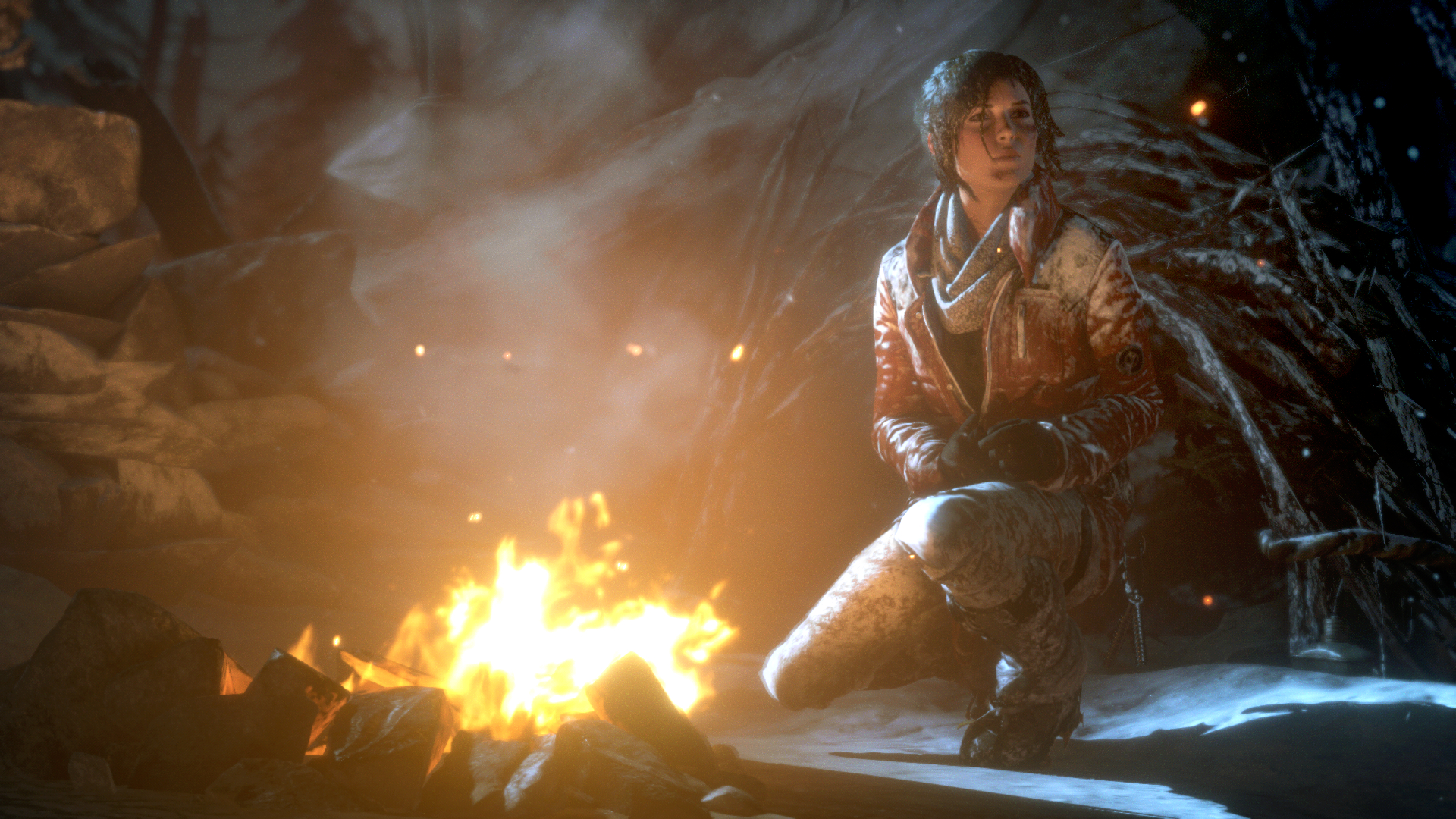
The antithesis of Sony’s linear, shoot-heavy Uncharted games, Rise of the Tomb Raider moves at comparably ruminative speeds, embedding you in its bleakly beautiful and broad wintry landscapes with only your wits and scant weapons. It’s both a study in how to craft a relatable protagonist whose every fight is tooth and nail, and the best puzzle-exploration-survivalism odyssey since Crystal Dynamics’ 2013 series relaunch.
[Xbox One, Xbox 360]
8. Metal Gear Solid V: The Phantom Pain
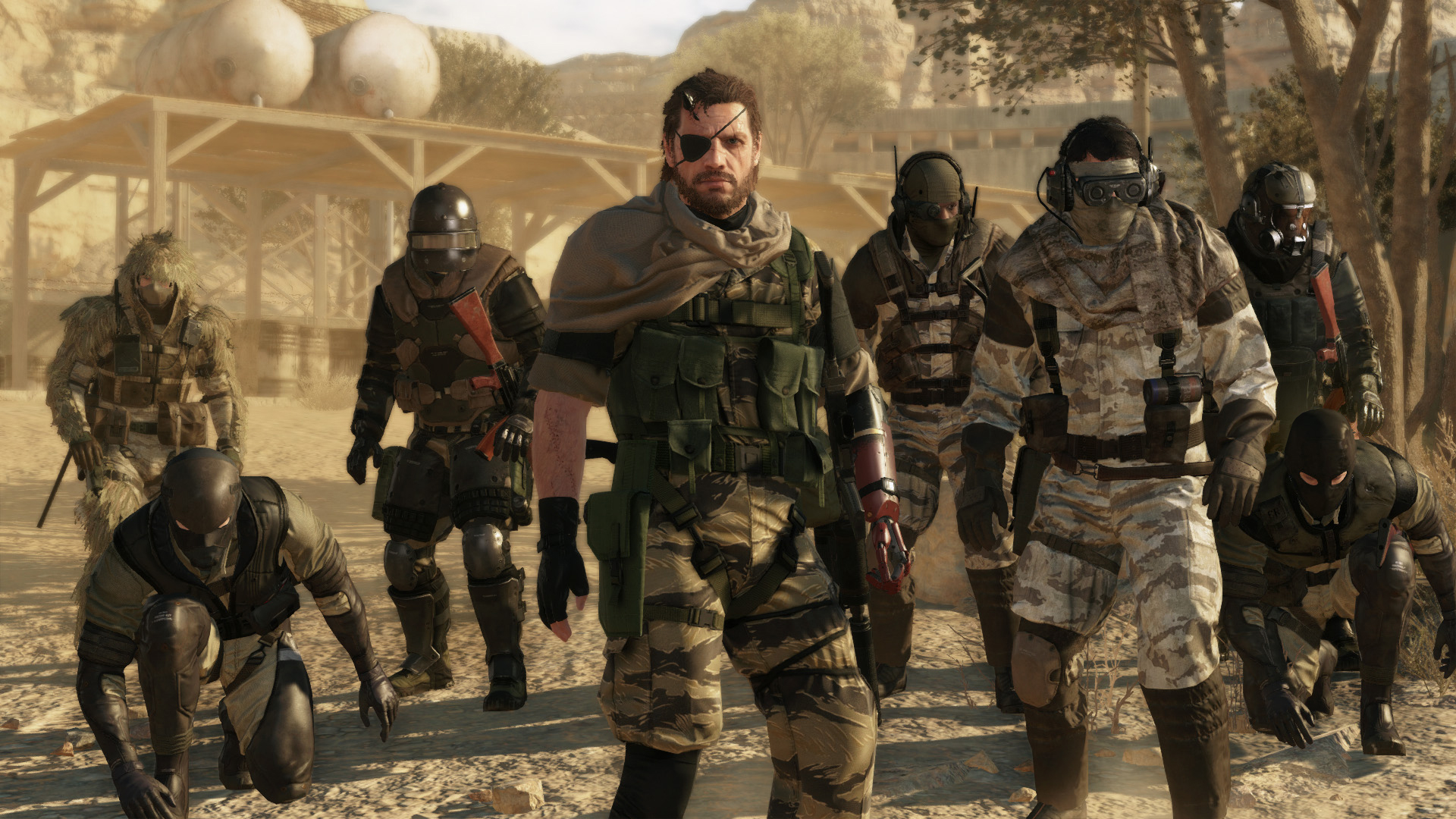
Metal Gear Solid creator Hideo Kojima’s series swan song turns out to be his finest work yet, a tactical stealth simulation wrapped in a colossal resource management puzzle inside a love letter to theatrical inscrutability. It’s a clandestine feast of open-world prowling, a tactical toybox staged in sprawling bulwarks bristling with eerily sentient enemies–the new pinnacle of stealth gaming, and a triumphant final act from one of our luminaries.
[PC, PlayStation 4, Xbox One]
7. Her Story
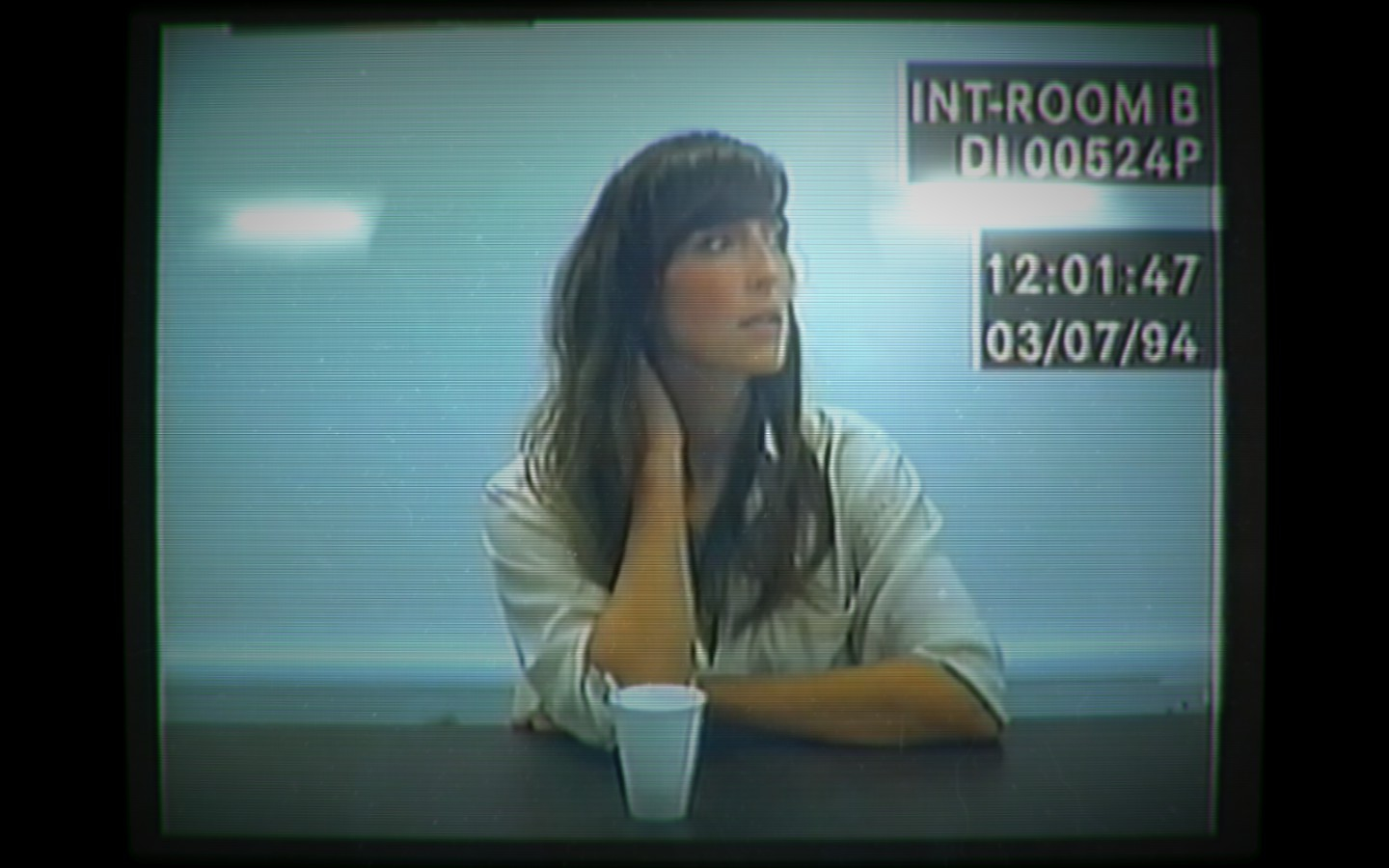
A whodunit subjectively pieced together by scanning full-motion video clips that require you to spill real-world ink turns out to be a superlative example of how to rivet employing the sparest techniques. It’s complexity from simplicity, a mesmerizing, hybrid investigative-voyeuristic experience where you observe a woman interviewed by detectives about a 1994 murder, unraveling (or deepening) the mystery by lighting on terms or phrases used to ply a vast but fragmented database, trying to puzzle out what happened — and why.
[iOS, Mac, PC]
6. The Witcher 3: Wild Hunt
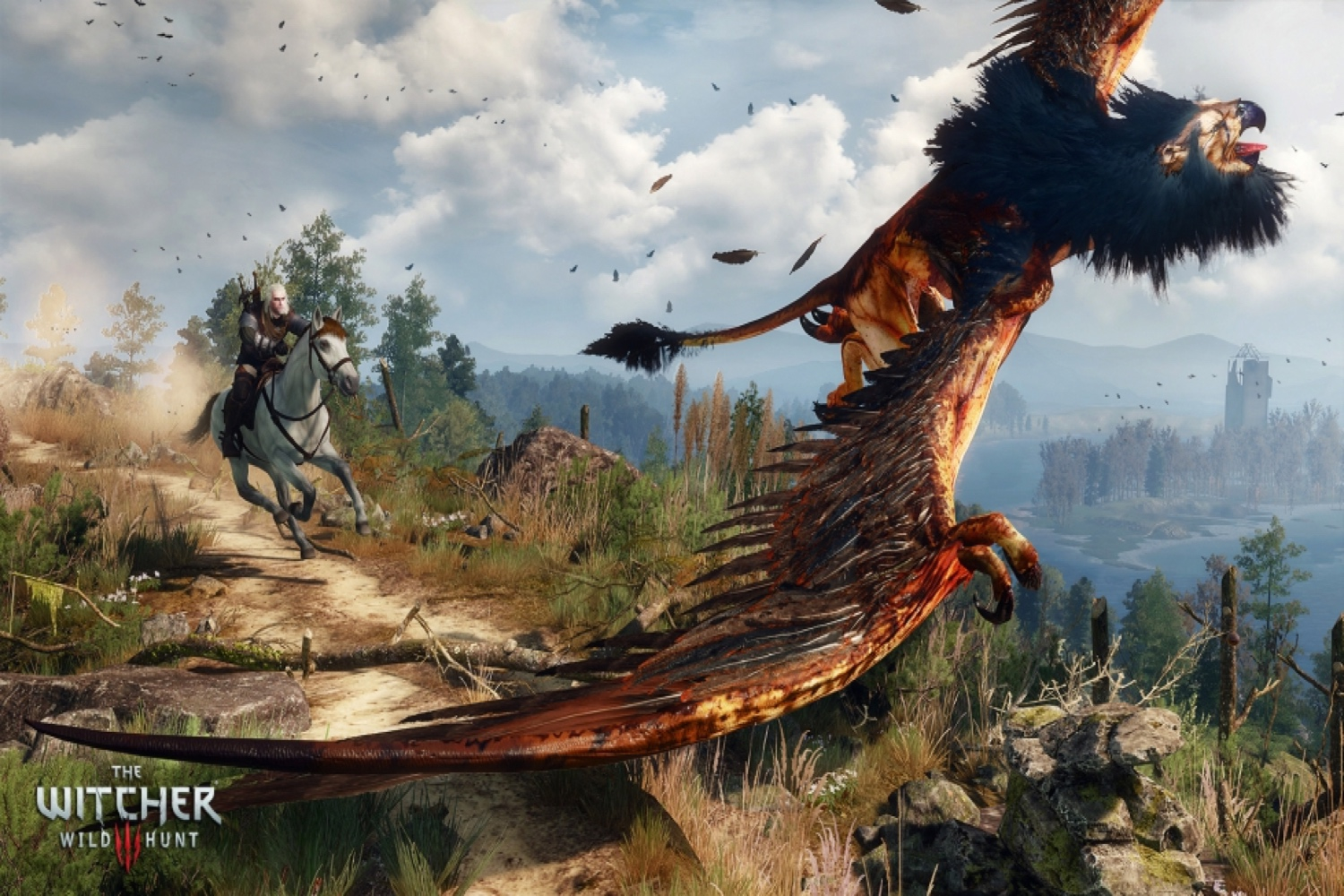
One way of talking about studio CD Projekt Red’s open-world magnum opus The Witcher 3: Wild Hunt might be “the game that made me like Fallout 4 less.” It’s that near roleplaying perfection, assuming you like slow-burn fantasy games about potion-chugging mutants and ethical courses of action with inexorably bleak outcomes. The Witcher 3 is to the rest of the video game roleplaying genre as George R.R. Martin to J.R.R. Tolkien.
[PC, PlayStation 4, Xbox One]
5. Super Mario Maker
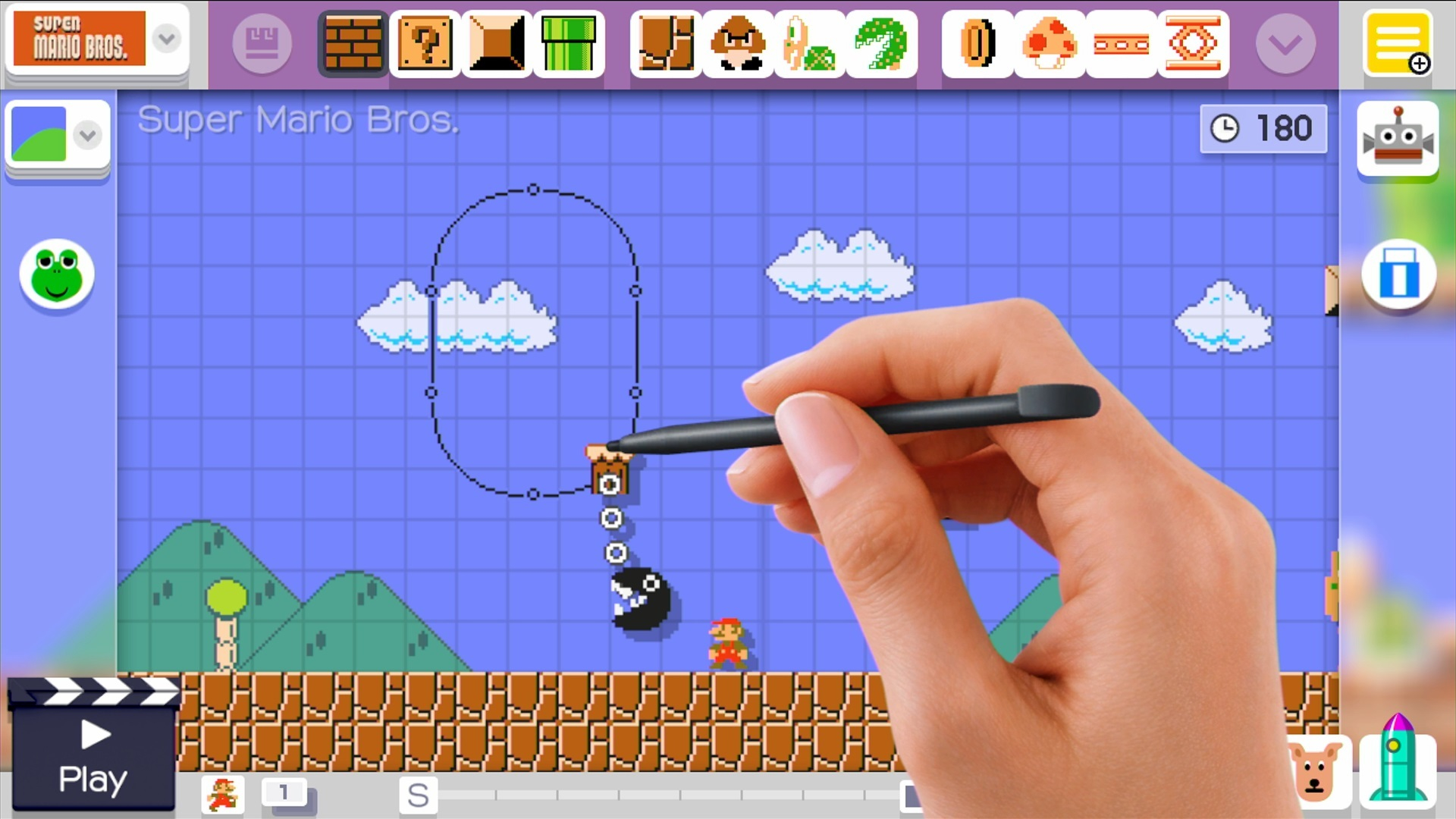
It’s Super Mario Bros., Super Mario Bros. 3, Super Mario World and New Super Mario Bros. U rolled into a rich but accessible toolbox, letting players create and share whatever bizarre level ideas they can dream up. Why it took Nintendo this long to release a Super Mario level maker is anyone’s guess, but if one game sells the two-screen idea of the Wii U–the stylus is essential here–it’s this one.
[Wii U]
4. Ryan North’s To Be or Not to Be
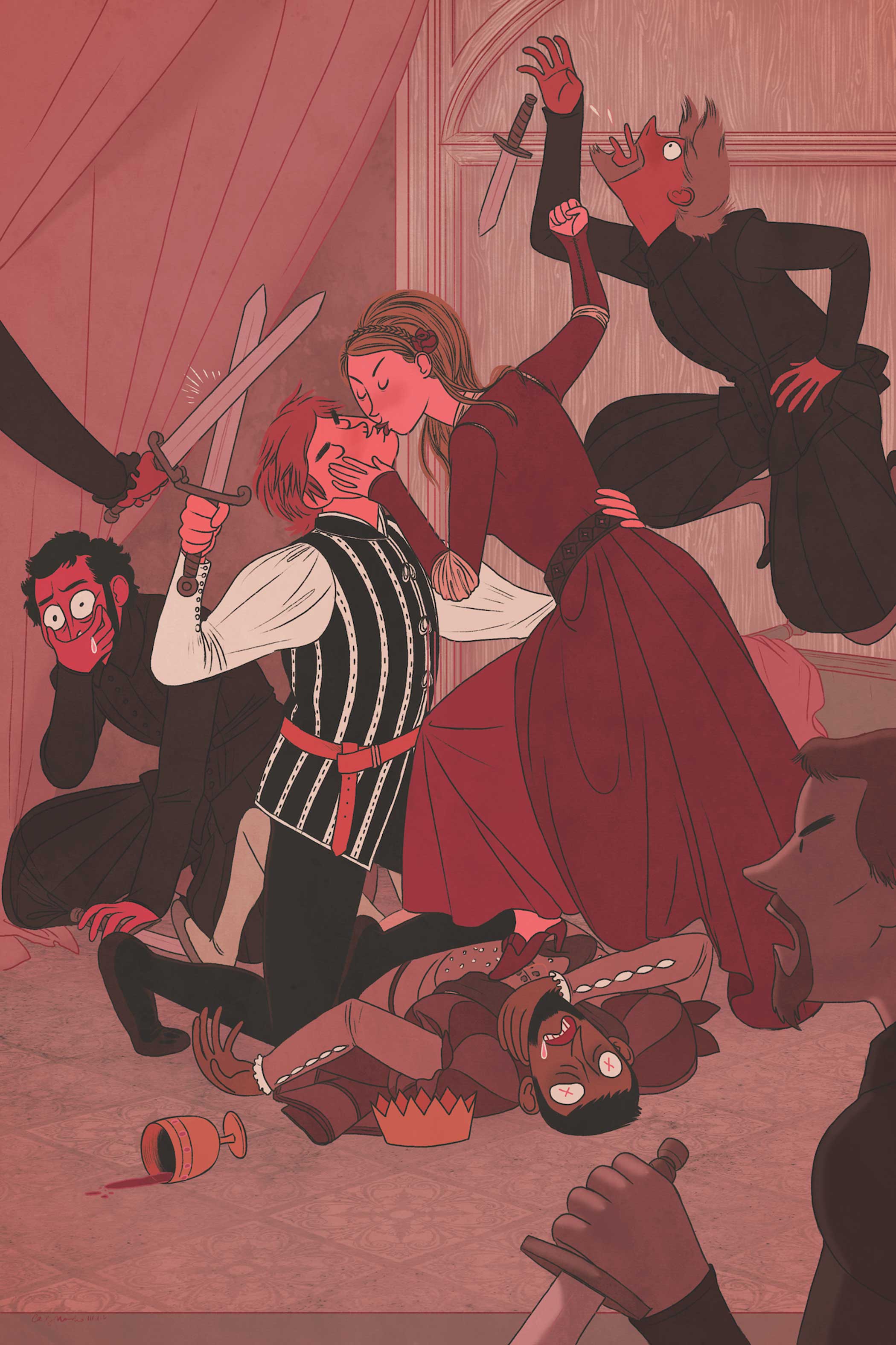
Ryan North’s To Be or Not to Be is the digi-fied version of a crowdfunded 768 page choose-your-own-adventure that came out a few years ago in book form. Studio Tin Man Games’ digital version is the quirkiest, funniest, most insightful retelling of Shakespeare’s Hamlet I’ve experienced in any medium. Multiply by a gazillion possible narrative routes, cultural takedowns and goofy cameos by everything from ghostly aliens to undead presidents. Like Inkle Studios’ 80 Days last year, it’s the smartest bit of interactive fiction you’ll flick through all year.
[PC, Android, iOS]
3. Batman: Arkham Knight

Rocksteady reversed the curse of the shoddy superhero tie-in when it surprised with Batman: Arkham Asylum six years ago. Arkham Knight is everything the company’s learned since cranked to 11 with a side of 12. And it’s not just a fitting fireworks finale that banks on past design glories rubbed in next-gen gloss: the studio took big risks by turning Arkham Knight into a buddy game, pairing Batman with the Batmobile, managing to make its inclusion both essential and exhilarating.
[PC, PlayStation 4, Xbox One]
2. Undertale
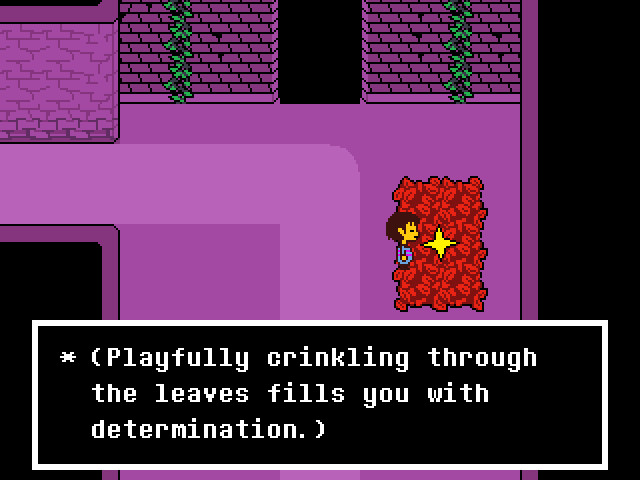
In the guise of a Japanese roleplaying game, Undertale is an investigation of what may really be happening when we play so-called Japanese roleplaying games. It’s a fantasy odyssey that deconstructs itself as you wander. It invites replays, winking at us like a smarter, subtler version of a “Let’s Play” YouTuber shouting insults at the screen. And it’s relentlessly, fastidiously obsessed with helping us see the consequences of the choices so often flippantly made, and the implicit violence we’re wont to do in the name of freedom.
[PC]
1. Splatoon
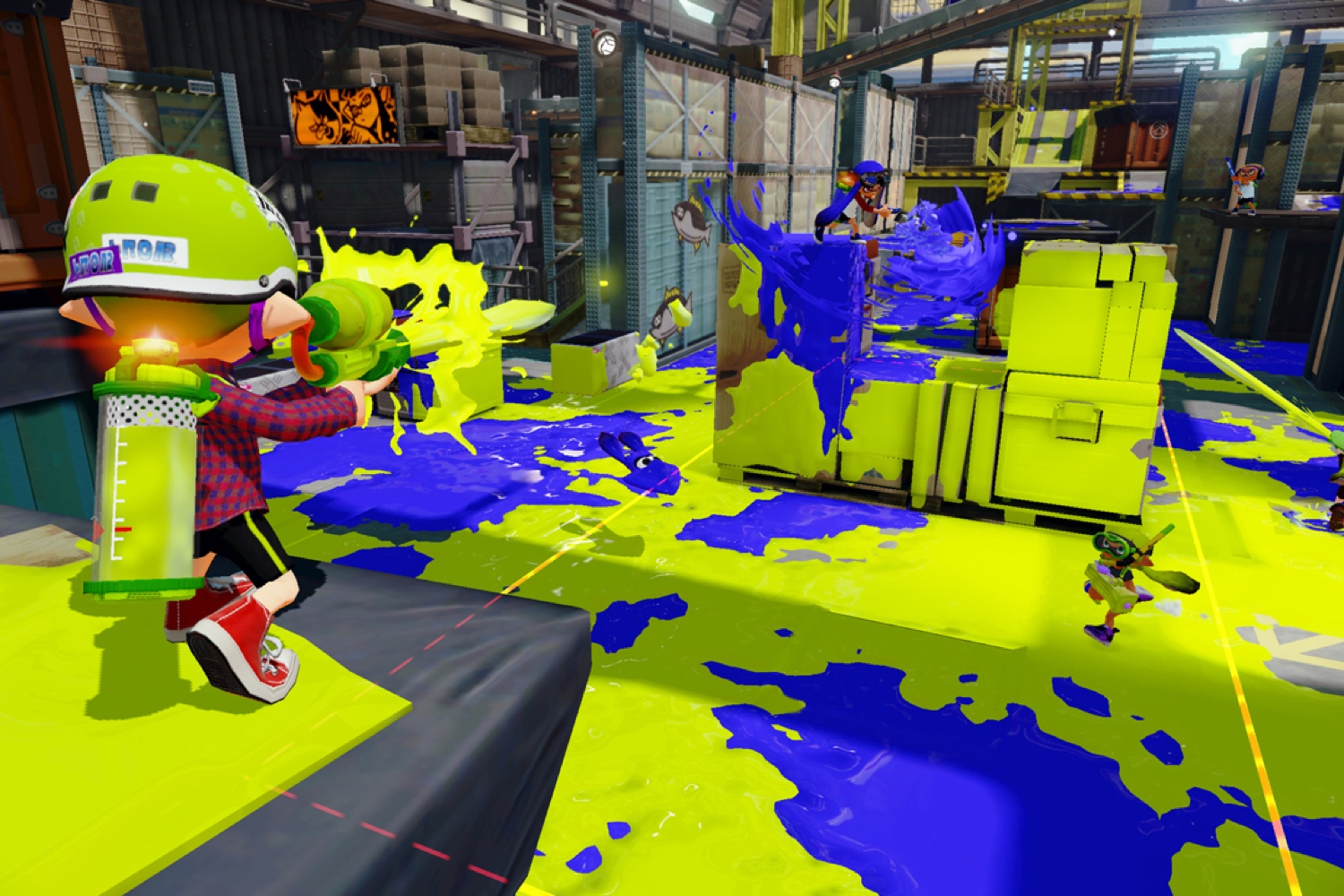
Nintendo’s best idea in years, Splatoon sees two squads of four players battling in skatepark-inspired arenas, outfitted with ink-spewing gadgetry and one imperative: to paint as much of their team’s color on the ground as possible before time runs out. There’s nothing else quite like it, nor the cathartic dopamine jolt to be had when you sail up a paint-smeared quarter pipe, an Inkzooka at the ready, leap over the edge, take aim with your weapon, and reduce a startled opponent to goo.
[Wii U]
Oxenfree isn’t so different, but offsets that sense of having to make inscrutable decisions by inundating you with conversation options. Want to wax supportive? Inquisitive? Abrasive? Mischievous? Sullen? You’re still chasing a handful of alternate outcomes, but the design team masks the game’s tapering trajectories by lobbing mood-angled choices at you while your companions natter. And boy do they! We’re talking verbal tennis at what felt like Gilmore Girls velocities—look away from the screen for more than a second or two and you’ll probably miss a chance to pick a response. Which is okay, because not responding is a choice the game registers, too.
Occasionally you can break out an analog radio and tilt the dial one way or another, scanning for signals. In some situations you do this to unlock a door, in others to trigger an event, which sounds like the part of the game where the puzzles live. But sadly it’s not, because the solutions are all naked binaries: you either move the dial slowly to the left or to the right until the gamepad rumbles. I’m not sure what scared the design team off making stuff like that more mechanically interesting, and by the end it just feels like pointless busywork to make a thing happen so you can score another narrative fix.
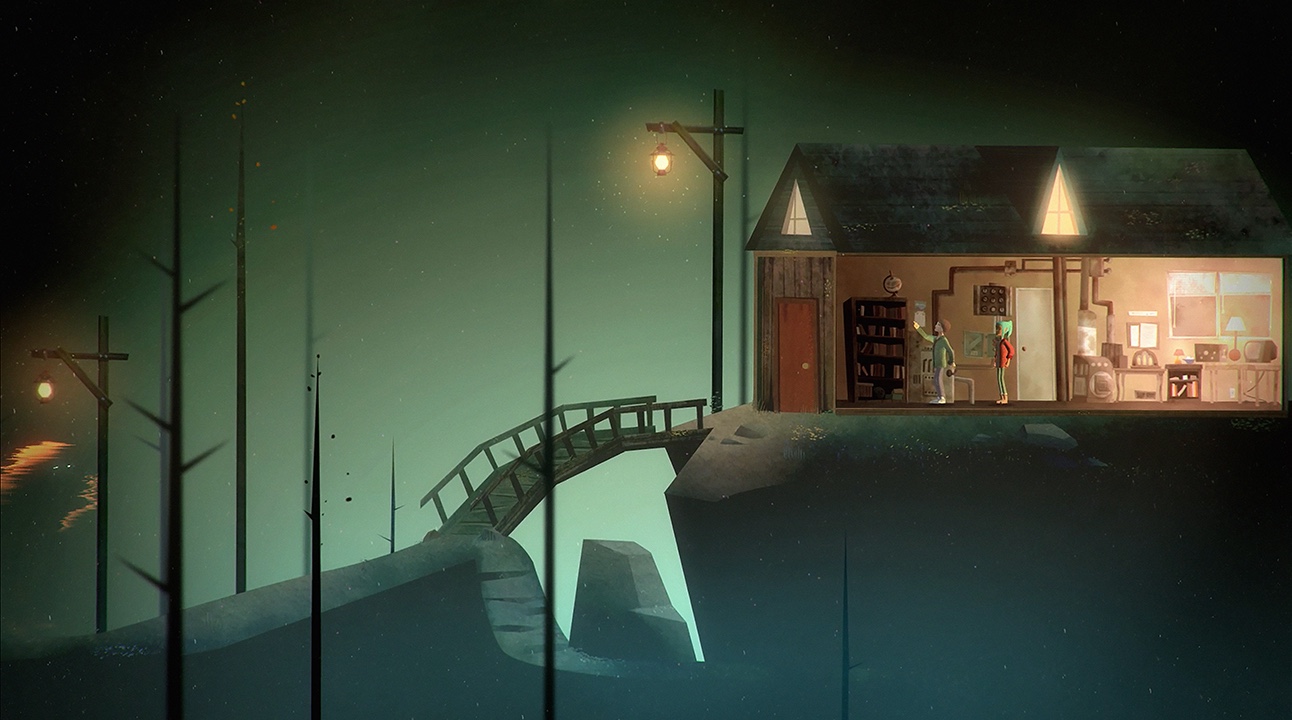
And then it’s all over, somewhere near the four hour mark, the revelations shuffling onstage like the obliging genre conventions you saw coming an hour or two earlier. Even the final twist feels lazily Twilight Zone-ish, a stab at metaphysical profundity with all the gravitas of someone going “da-da-da-duuuum!”
Though you could also argue the entire who—or what—dunit is just a Macguffin developer Night School Studios’ threw up as the scaffolding around Oxenfree‘s much more interesting story about teenage caprice. Which is why you shouldn’t write off Oxenfree as just another romp through sci-fi or horror cliché. It’s really less about that stuff than the crazy interstitial muck between adolescence and adulthood that teenagers have to trudge through, and how much thornier it gets when that’s compounded by devastating loss.
My favorite part of Oxenfree, though, may sound like a trivial thing: the way the design team manages to work an abstraction like impatience into the conversation system. The game’s dialogue sparkles, so it’s worth hearing others out, but if you like, you can interrupt whenever word balloon responses materialize. Not in the clumsy, stuttering way most games do, but seamlessly, drawing natural reactions from your companions. It’s a subtle cadence thing, but it enlivens the experience of watching lives unfurl and change indelibly, a reminder that the journey—forget whether the ending’s any good—is where the stuff that resonates and illuminates has to play out, not the destination.
4 out of 5
Reviewed on PC
More Must-Reads from TIME
- Caitlin Clark Is TIME's 2024 Athlete of the Year
- Where Trump 2.0 Will Differ From 1.0
- Is Intermittent Fasting Good or Bad for You?
- The 100 Must-Read Books of 2024
- Column: If Optimism Feels Ridiculous Now, Try Hope
- The Future of Climate Action Is Trade Policy
- FX’s Say Nothing Is the Must-Watch Political Thriller of 2024
- Merle Bombardieri Is Helping People Make the Baby Decision
Write to Matt Peckham at matt.peckham@time.com